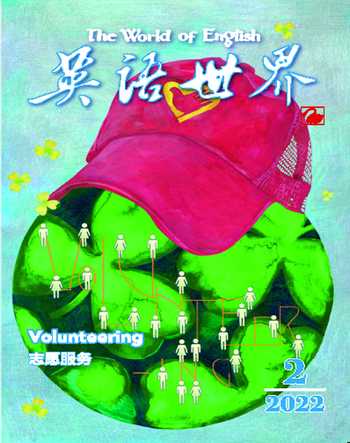The Treachery of Images《图像的背叛》
爱艺
The Treachery of Images is painted when Rene Magritte was 30 years old. The picture shows a pipe. Below it, Magritte painted, “Ceci n’est pas une pipe”, French for “This is not a pipe.” The painting is not a pipe, but rather an image of a pipe. This masterpiece of Surrealism creates a three-way paradox out of the conventional notion that objects correspond to words and images.
The Treachery of Images belongs to a series of word-image paintings by Magritte from the late 1920s. Like the other artists and poets associated with the Surrealist movement, Magritte sought to overthrow what he saw as the oppressive rationalism of bourgeois society. He consistently interrogated conventions of language and visual representation, using methods that included the misnaming of objects, doubling and repetition, mirroring and concealment, and the depiction of visions seen in half-waking states—all of them devices that cast doubt on the nature of appearances, both in the paintings and in reality itself. The persistent tension Magritte maintained during these years between nature and artifice, truth and fiction, reality and surreality is one of the profound achievements of his art. Along with Persistence of Memory by Salvador Dali, The Treachery of Images has become the most iconic image of Surrealism Movement.
勒內·马格利特30岁时创作了《图像的背叛》,画面是一只烟斗。在烟斗下方,马格利特用法语写了一行字:“这不是一只烟斗”。这幅画不是真实的烟斗,而是呈现烟斗形象的画作。这一超现实主义杰作创造了一个超脱传统观念的三方悖论,而传统观念认为,物体与文字和图像应三方相合。
《图像的背叛》是1920年代末马格利特创作的图文系列绘画中的一幅。像其他参与超现实主义运动的画家和诗人一样,马格利特试图推翻他眼中资产阶级社会带给人压迫感的理性主义。他不断质疑语言和视觉呈现的传统手法,采用的方法包括错误命名物体、翻倍和重复、制造镜像和隐藏,以及描述半醒状态下的幻觉——所有这些手段都令观者对表象的本质产生怀疑,无论是画中的样子还是现实中本来的面貌。那些年,马格利特在自然与技巧、真实与虚构、现实与超现实之间始终保持一种持久的张力——这是其艺术创作影响深远的重大成就之一。马格利特的《图像的背叛》与萨尔瓦多·达利的《记忆的永恒》一道成为超现实主义运动最具代表性的画作。
论语英译选登
不患人之不己知,患不知人也。
Never mind others not knowing about you; just worry that you might not know about others.
为政以德,譬如北辰,居其所而众星共之。
He who governs by means of morality is like the North Star, which keeps its place with all the other stars gathering around it.
诗三百,一言以蔽之,曰:思无邪。
The Book of Poetry with all its three hundred poems may be summed up in just one line: With no evil thoughts.
三十而立,四十而不惑,五十而知天命,六十而耳顺,七十而从心所欲不逾矩。
At thirty I began to stand firm on my own feet; in my forties I was free from puzzlement; when I turned fifty I had come to apperceive destiny; by the age of sixty I had been all ears to different opinions; now in my seventies I can follow what my heart desires without going against what is right.
今之孝者,是谓能养。至于犬马,皆能有养,不敬,何以别乎?
Nowadays filial piety simply means the feeding of one’s parents. But since dogs and horses may also get fed, what is there to distinguish the two if one shows no respect while supporting the parents?
(《〈论语〉最新英文全译全注本》,吴国珍译著,福建教育出版社,2012)
- 英语世界的其它文章
- Volunteering and Its Surprising Benefits 志愿服务及其意想不到的好处
- Three Reasons Why People Don’t Volunteer, and What Can Be Done About It 为何无人热心志愿服务及解决办法
- How to Find the Right Volunteer Opportunity 如何选择适合自己的志愿项目
- Volunteer Tourism:Everything You Need to Know 志愿者旅游那些事儿
- Volunteer Group Helps People Solve Their Problems “兰花芬芳”志愿服务暖人心
- 8 Fierce Facts About the Lion Dance 关于舞狮的八个猛料

